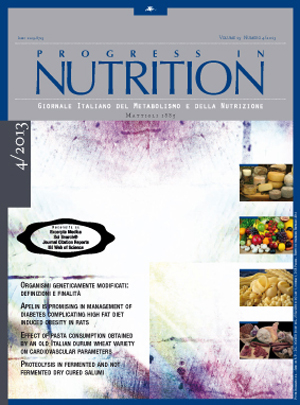Apelin is promising in management of diabetes complicating high fat diet induced obesity in rats
Main Article Content
Keywords
Apelin, type II diabetes, high fat diet (HFD), Streptozotocin induced diabetes, HOMA-IR, HOMA-β, obesity
Abstract
Background and aim of the work: Apelin, a novel adipokine is identified as an endogenous ligand of receptor APJ. The present study was carried out to assess the value of apelin in management of type II diabetes complicating high fat diet induced obesity vs. type I diabetes mellitus in rats. Methods: A total number of 60 healthy adult male albino rats were used. Rats were divided into 2 groups: group I (n=40) streptozotocin induced diabetic group; model of type I diabetes and group II (n=20) high fat diet induced obesity and diabetic group; model of type II diabetes. Group I was subdivided into 4 equal subgroups (saline treated control, insulin treated, apelin treated and apelin & insulin treated subgroups), while group II was further subdivided into 2 equal subgroups (saline treated control and apelin treated groups). In all groups serum glucose, insulin, triglycerides, total cholesterol, LDL and HDL cholesterol were estimated and used to calculate the homeostasis model assessment as a measure of insulin resistance (HOMA-IR). Results: Animals of group II showed a significant decrease in serum levels of glucose and insulin with resulting a significant decrease in HOMA-IR. Conclusions: It was concluded that in models of type II diabetes, apelin significantly induced amelioration of serum glucose level and enhance insulin sensitivity that was denoted by a significant reduction in HOMA-IR, this was not the case in rats of type I diabetes, so it is promising therapeutic target in management of obesity induced type II diabetes rather than type I.


